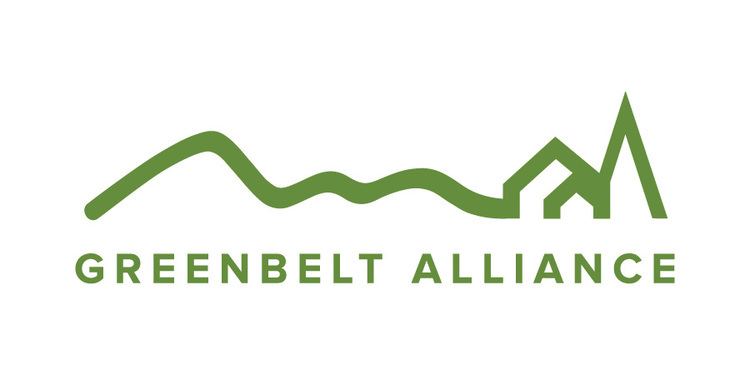Type Non-profit 501(c)3 Founder Dorothy Erskine | Founded 1958 | |
 | ||
Location San Francisco, California, USA Key people Executive Director Jeremy Madsen Slogan Champion for the places that make the Bay Area special. Motto Champion for the places that make the Bay Area special Similar Environmental Defence Canada, San Francisco Bay Area, American Farmland Trust, Bay Area Council, Golden Gate National Profiles | ||
Salesforce solutions greenbelt alliance and predictive response
Greenbelt Alliance is a non-profit land conservation and urban planning organization that has worked in California's nine-county San Francisco Bay Area since 1958.
Contents
- Salesforce solutions greenbelt alliance and predictive response
- Insight jeremy madsen executive director greenbelt alliance
- History
- References
Greenbelt Alliance promotes the creation of walkable neighborhoods with a mix of shops, homes, and jobs near public transit. The organization encourages cities to adopt smart growth policies, to accommodate the Bay Area's increasing population while protecting open space and making the region's cities better places to live. It has been involved in the adoption of urban growth boundaries in more than 20 cities and 5 counties in the Bay Area. These boundaries draw a line to define where growth should and should not go, and are generally either adopted by voters through the initiative process, or by city councils or county boards of supervisors.
Greenbelt Alliance works to get Bay Area residents involved in their local urban planning processes and development decisions. To help people learn more about the region's open space and its cities, the organization leads hikes, farm tours, and urban walks throughout the Bay Area that are open to the public. It also endorses development proposals that meet smart growth guidelines and include homes people can afford.
Greenbelt Alliance publishes reports on land-use policy, affordable housing, smart growth, sprawl development, open space protection, and farming.
Recent publications include:
Greenbelt Alliance is involved in statewide efforts in California to fight climate change through better land use. This is based on the idea that transportation is the largest contributor of greenhouse gases, and transportation is dictated by land use. Put another way, if homes and jobs are built far apart, people will drive more, and that will have a negative impact on the Earth's climate. Greenbelt Alliance advocates for changing how cities are built—focusing new development in downtowns and around transit stations—to reduce driving and so reduce greenhouse gas emissions.
Insight jeremy madsen executive director greenbelt alliance
History
Greenbelt Alliance was founded in 1958 as an organization called Citizens for Regional Recreation and Parks. One of its first campaigns was helping to halt the filling of San Francisco Bay for development. In 1969, the organization was renamed People for Open Space to reflect the organization's additional interest in preserving ranch lands, agricultural lands, and wildlife preserves. In the 1970s, People for Open Space helped to establish a public park district called the Midpeninsula Regional Open Space District (1972), as well as Suisun Marsh (1974). It was also involved in campaigning for a regional government for the Bay Area, but was defeated in Sacramento by one vote. In 1976, People for Open Space added the goal of establishing a permanent regional greenbelt to its agenda, and in 1984 created a group called Greenbelt Congress to work on open space protection through activism and grassroots organizing.
In 1987, Greenbelt Congress and People for Open Space merged to become Greenbelt Alliance, and established a dual focus of grassroots activism and policy research. Greenbelt Alliance expanded outside San Francisco with a field office in the South Bay in 1988. In 1995, East Bay and Sonoma-Marin field offices opened their doors, and in 2001, a Solano-Napa office opened in response to growth along the Interstate 80 corridor between San Francisco and Sacramento.
In the 1990s and 2000s, Greenbelt Alliance was involved in stopping sprawl development proposals and protecting Pleasanton Ridge (1993), Bear Creek Redwoods(1999), and Cowell Ranch/John Marsh SHP (2002) as state parks or open space preserves. It helped to create the Santa Clara Valley Open Space Authority in 1994, and was part of defeating a freeway proposal called the Mid-State Toll Road in 1995.
Greenbelt Alliance has acted as the fiscal sponsor for several organizations, including: the Transportation and Land Use Coalition (now an independent organization); the Bay Area Open Space Council; the San Francisco Housing Action Coalition; and the Bay Area Environmental Education Resource Fair.
